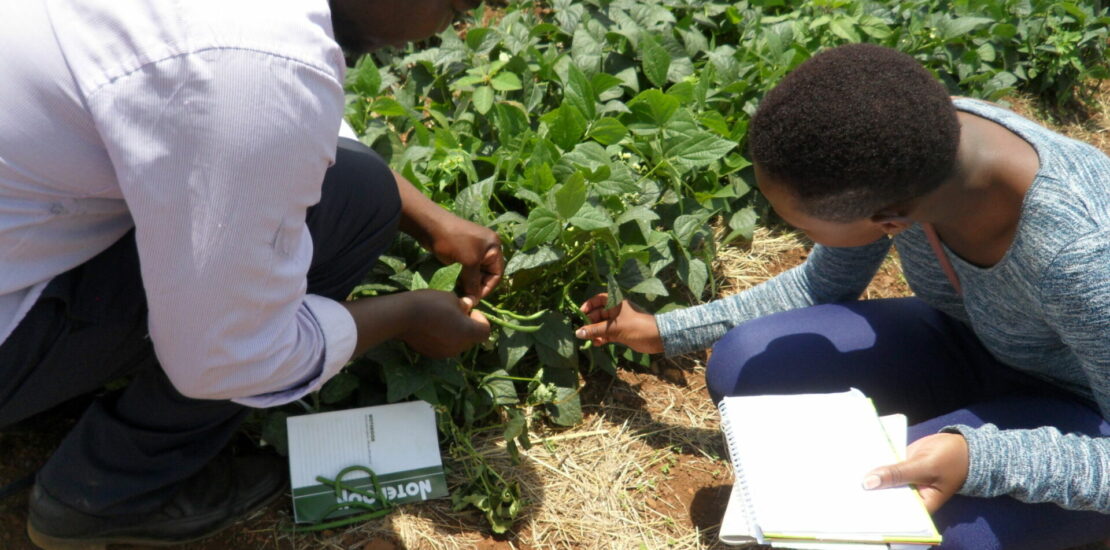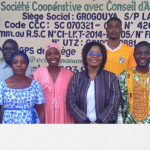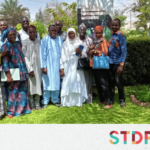Developing Good Practice Guides
- 17/12/2020
- Posted by: Gaetan Dermien
- Category: Benin, Guinea, Kenya, Togo, Uganda, Uncategorized

During 2021 COLEACP will be providing a team of expert consultants to support national/regional initiatives to develop Good Practice Guides for horticultural value chains.
A Good Practice Guide is intended to help all the different actors working in a particular horticultural sector to produce their crops and products under the best sanitary and phytosanitary (SPS) conditions. The Guides will harmonise specifications with international SPS standards and the adoption of Good Agricultural Practices (GAP), Good Plant Protection Practices (GPP) and Good Hygiene Practices (GHP), all based on the hazard analysis and critical control points (HACCP) approach.
It is important to note that these Good Practice Guides will be developed, disseminated and kept up to date by stakeholders within each value chain. They are not COLEACP publications – they should be written, owned and published by the professionals, within each country/region and crop sector, who will inform and use them. The stakeholders in the sector who take on this task will receive practical support throughout the process from COLEACP expert consultants.
An effective Good Practice Guide impacts on all stakeholders within the sector, as links along the value chain affect one another, and also have a clear impact on the sector as a whole – on how it functions, and how it is regarded, on local, regional and international markets. For example, even one interception of infested consignments by the European Union, or another international or regional market, has the potential to threaten the entire export sector.
COLEACP’s team of expert consultants will be working with professionals in each value chain to develop Good Practice Guides. The first seven sectors and countries will be:
- Avocado – Kenya
- Beans/peas – Kenya
- Capsicum – Uganda
- Leafy vegetables – Togo
- Mango – West Africa
- Pineapple– Benin
- Potato– Guinea
Work will begin on the first step of the five-step development process from January 2021.





![EU and GB MRL changes in 2024 (May– August 2024) 9-FFM+-[ENG]](https://news.colead.link/wp-content/uploads/2024/06/9-FFM-ENG-150x150.jpg)